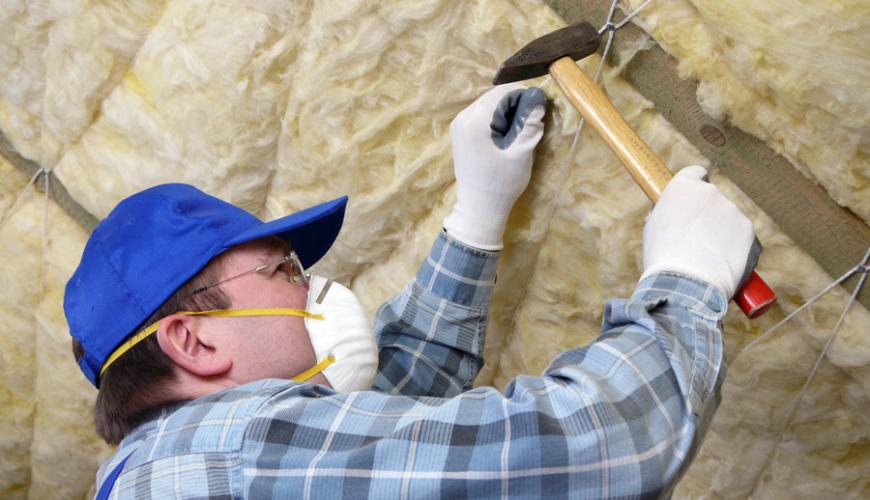Insulating your Cottage

A well-insulated house is a bit like dressing for the weather. A wool sweater will keep you warm if the wind is not blowing and it is not raining. On a windy, rainy day, wearing a nylon shell over your wool sweater helps keep you reasonably dry and warm. A house is similar. On the outside, underneath the brick or siding, there is an air barrier that does the same thing as the nylon — it keeps the wind from blowing through. Then there is the insulation (like your sweater) and a vapor barrier, which helps keep moisture away from the house structure where it can do damage.
Signs of Insulation Problems
In the winter
- walls cold to touch
- cold floors
- high heating costs
- uneven heating levels within building
- mold growing on walls
In the summer
- uncomfortably hot inside air
- high cooling costs
- ineffectiveness of air conditioning system
- mold growing in basement
Myths and Facts on Insulation
- Myth: Insulating a ceiling forces more heat to leak out of windows.
- Fact: Adding insulation to one part of a home won’t increase the “pressure” on heat losses through other parts, but poorly insulated areas will continue to be major sources of heat/cooling loss.
- Myth: Stuffing thicker insulation into a smaller space increases its R-value.
- Fact: Fiberglass insulation works like trapped air pockets: compressing it decreases the amount of air trapped and reduces its R-value.
- Myth: Mold likes fiberglass
- Fact: Fiberglass doesn’t hold water very well unless it is soaked and does not provide food for biological growth. Soiled fiberglass happens when it captures dirt as air flows through it, not because of mold.
How insulation is rated
Insulation is rated based on a measurement of resistance the material has to the movement of heat. This is most commonly referred to as an R-value. The higher the R-value the more effective the insulation is. Local building codes list recommended R-values for each area of your house (these R-values are required for new construction). Improper installation of insulation can lower the R-value of the material you are using so it’s a good idea to follow the manufacturer’s instructions or hire a professional to do the installation.












